BrainSync: ABAC, a stepping stone to Data-centric security featuring Luke Terry (CTO)
Introduction In the first edition of BrainSync, a new series where we discuss a variety of technical topics we sat down with our CTO, Luke Terry, to...
4 min read
Will Konings : Oct 28, 2025 2:44:20 PM
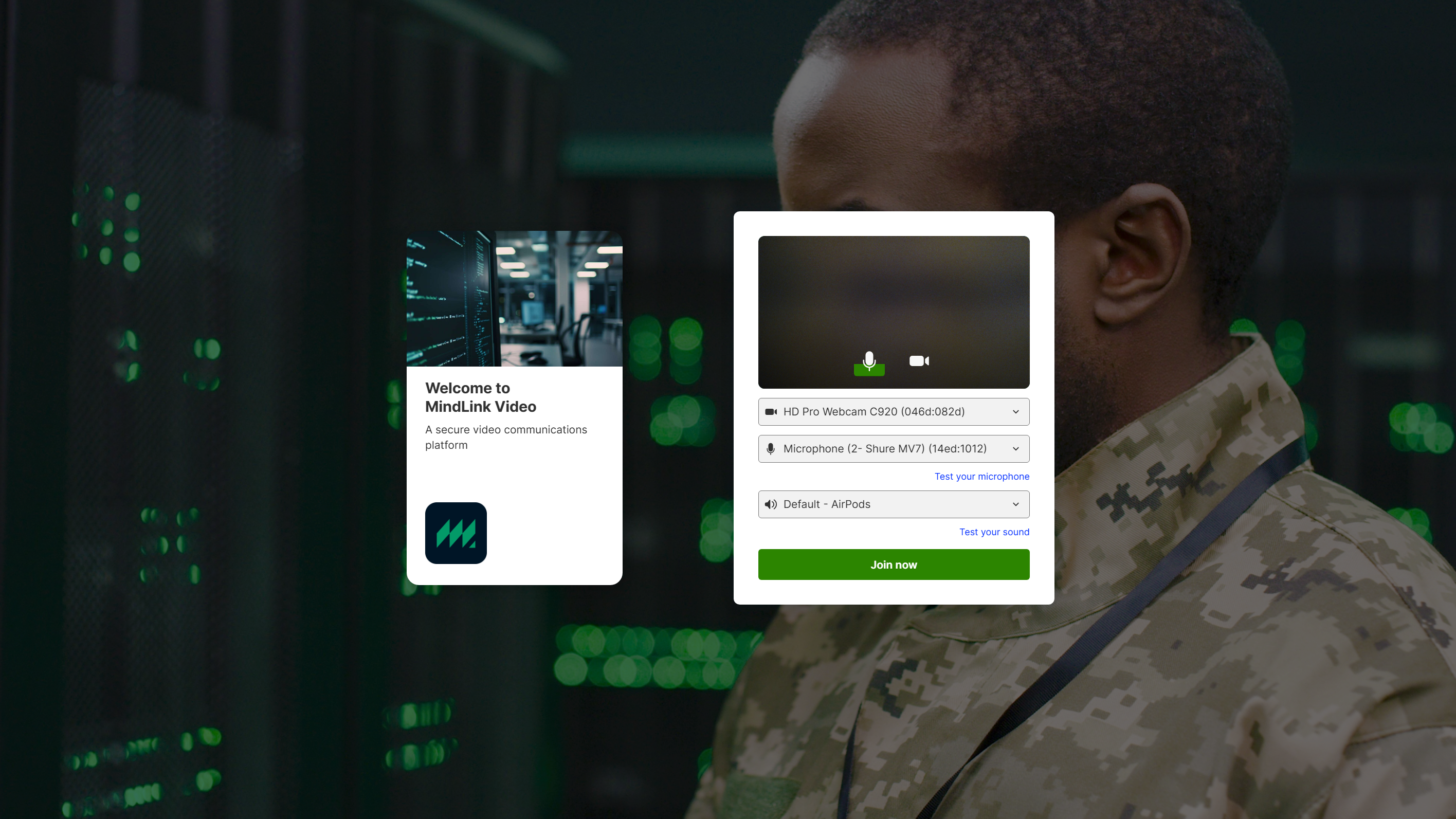
In a world where collaboration happens across borders, agencies, and networks, one thing remains constant: the need for trust. At MindLink, we’ve always believed that secure collaboration doesn’t have to come at the expense of usability or innovation — and our recent integration hackathon with Pexip proved exactly that.
Pexip is known for its secure, high-quality voice, video conferencing, and screen-sharing capabilities. Combined with MindLink’s zero-trust, data-centric collaboration platform, this partnership brought together two complementary technologies with one shared goal: enabling mission-critical communication without compromise.
For government, defense, coalition, and mission partners, collaboration often takes place in complex, highly regulated environments. The challenge isn’t just connecting people — it’s ensuring that every participant, message, and file adheres to strict access and security policies.
That’s where our attribute-based access control (ABAC) model comes in. ABAC allows organizations to make dynamic access decisions based on user attributes (such as role, clearance level, or location) and content sensitivity. In other words, it ensures the right people can communicate securely — and only with the right data — every time.
By integrating Pexip’s secure conferencing capabilities into MindLink’s collaboration suite, we set out to show how multi-modal communication (chat, voice, video, and screen sharing) can coexist seamlessly with fine-grained access control. The result is a truly flexible, policy-driven collaboration environment built for sensitive and classified use cases.
Our joint hackathon with Pexip wasn’t just about code — it was about discovering what’s possible when two teams share the same commitment to secure innovation.
Over the course of the event, engineers and product specialists from both sides came together to explore how Pexip’s conferencing APIs could be integrated into MindLink’s web client. The goal: to give users a unified experience where they could launch and join secure video conferences directly within MindLink, with access permissions enforced through our attribute-based model.
We iterated rapidly, testing integration points, refining workflows, and validating the user experience. The result was a working demo that brought the concept to life — an environment where participants could seamlessly shift from chat to video while MindLink’s ABAC policies continued to safeguard information flow in the background.
One of the most encouraging outcomes of the hackathon was just how straightforward it was to integrate Pexip’s capabilities with MindLink. Using MindLink’s open, well-documented API, the team quickly connected conferencing workflows within our web client — demonstrating that security and simplicity can absolutely go hand in hand.
This validated not only the flexibility of MindLink’s architecture but also the ease with which other technologies can plug into our zero-trust environment. Whether it’s video, chat, or mission-specific tools, MindLink’s API enables seamless interoperability — turning complex integrations into fast, practical implementations.
The final demo illustrates how MindLink and Pexip can empower mission partners to communicate across a full range of modalities — without ever stepping outside a secure, policy-driven perimeter.
Secure video conferencing: Users can initiate or join a Pexip meeting directly from the MindLink interface, maintaining a consistent, secure experience.
Attribute-based access control: Every session enforces rules that determine who can join, view, or share content based on security attributes and context.
Zero-trust foundation: The integration aligns perfectly with MindLink’s architecture, where every user and action is continuously verified, not inherently trusted.
Multi-modal collaboration: Users can chat, share screen, and engage over video — all within the same controlled environment.
The result isn’t just a proof of concept; it’s a step toward a comprehensive secure communications ecosystem where collaboration remains fluid but never compromises confidentiality.
Taken from the lab and deployed into our dogfood environment here's a glimpse of our integration.
From within the MindLink web client users will now see a video conference button in their chatrooms which, when pressed opens a new window and launches a secure video conference.
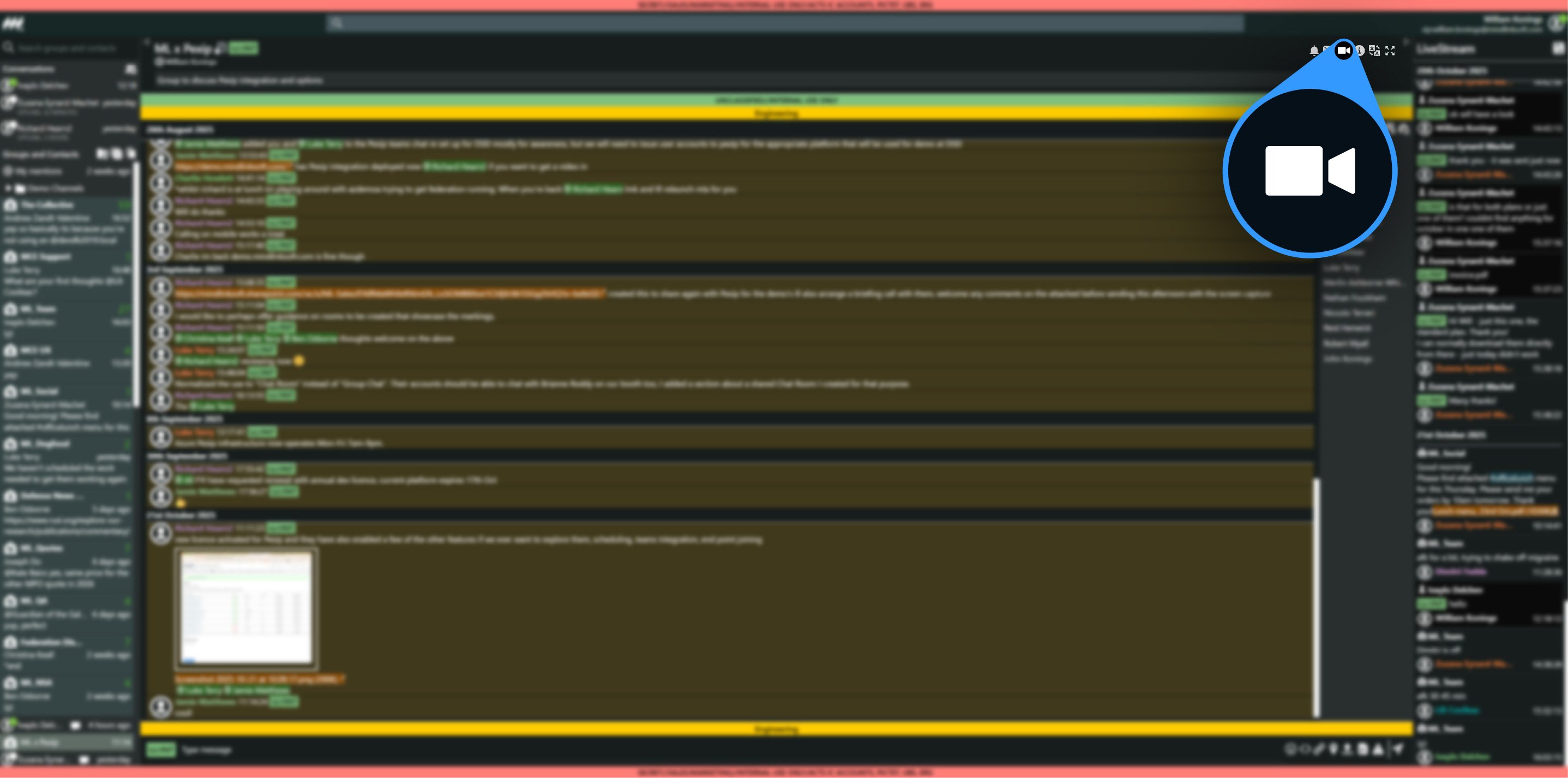
After confirming which input and output devices should be used for the video conference users simply press the 'Join Now' button and they are now live on the conference call.
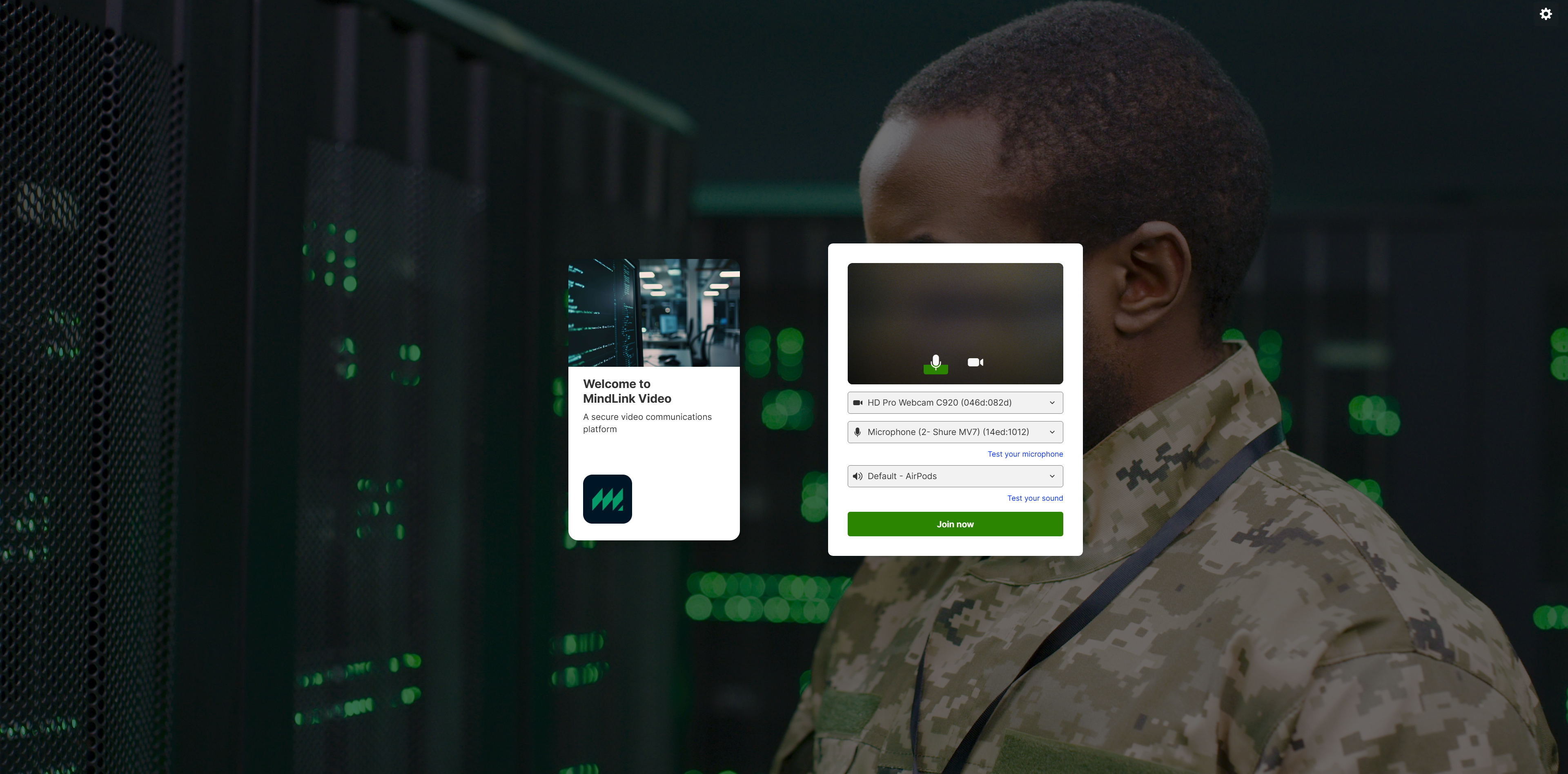
In the Pexip client, users are presented with all the necessary video conferencing tools such as: participants, raise hand, share screen, mute/unmute, turn camera on/off, etc. At the top of the screen we leverage a classification label from the chatroom the conference call was started from is also shown at the top of the screen informing users of the classification level of the call.
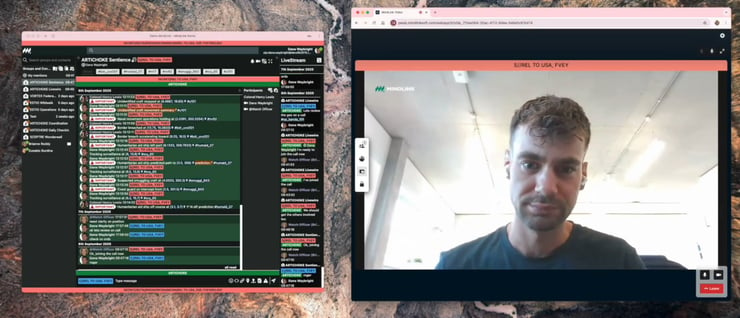
Meanwhile, back in the MindLink web client - the members list updates each member with a video conference icon beside their display name to signal to other members that they are live on the call.
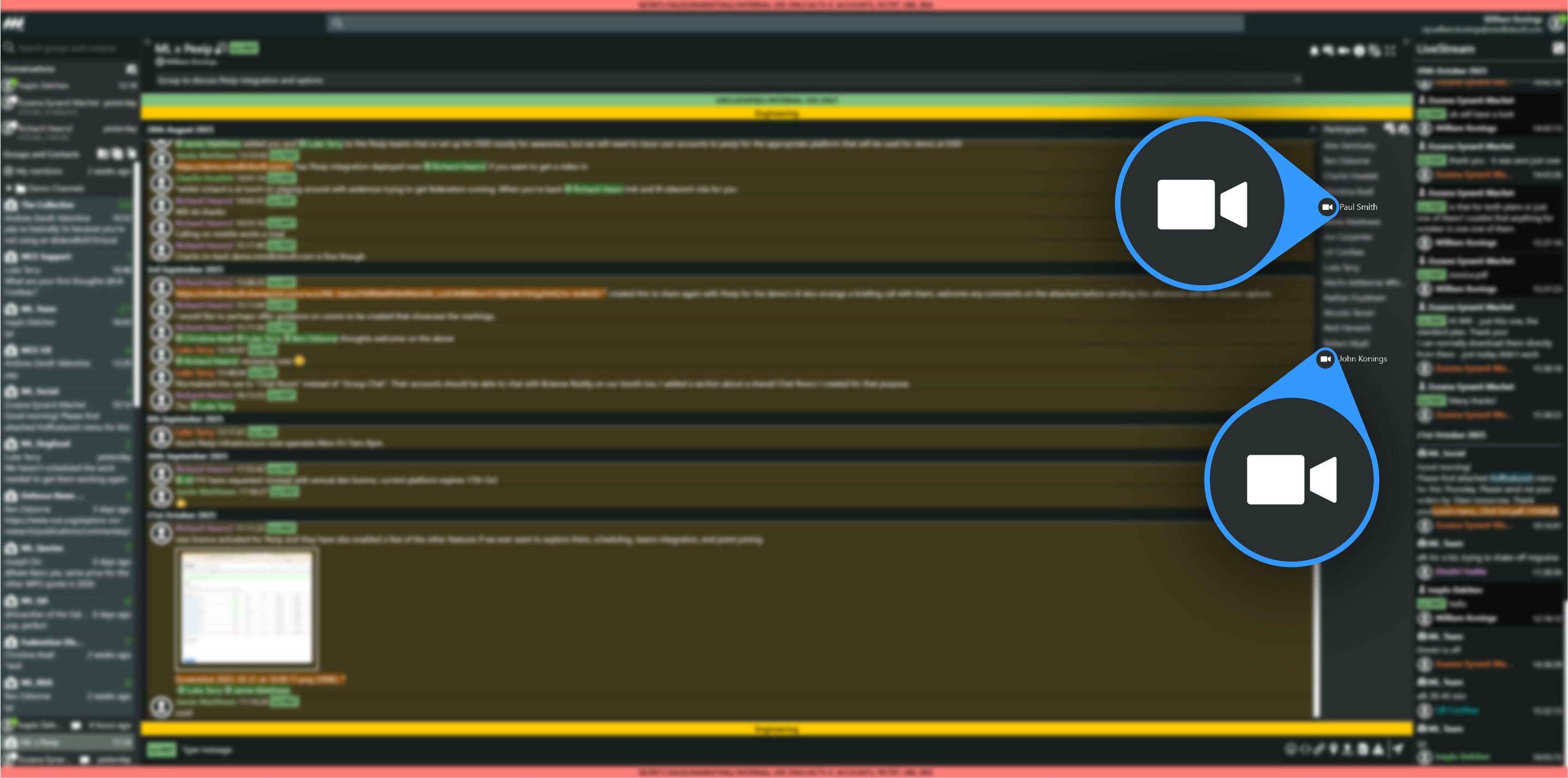
This integration speaks directly to the challenges faced by our government, defense, and coalition partners. In these domains, information sensitivity varies by topic, mission, or clearance level — and communication platforms must be able to adapt dynamically.
With the MindLink + Pexip integration, organizations can:
Enable coalition partners to join briefings securely, with access defined by clearance and mission role.
Allow defense teams to collaborate over classified and non-classified topics in the same environment, without risk of data leakage.
Extend secure collaboration capabilities to remote and field personnel while maintaining full control over access policies.
It’s a clear demonstration of how data-centric security and interoperability can coexist — empowering teams to move faster without sacrificing protection or compliance.
The hackathon was just the beginning. The success of the demo opens doors for deeper collaboration between MindLink and Pexip as we explore further integration opportunities, scalability, and deployment in real-world environments.
Our shared focus remains the same: to give organizations operating in sensitive sectors the tools to collaborate securely across every modality, every time.
In the coming months, we plan to continue refining the integration and working with customers to validate additional use cases — from multi-domain operations to secure inter-agency communication.
Partnerships like this highlight the strength of open collaboration between technology innovators. By combining Pexip’s trusted conferencing capabilities with MindLink’s data-centric, zero-trust approach, we’ve taken another step toward redefining how secure communication can work in high-security environments.
At MindLink, we’re proud to continue pushing the boundaries of what’s possible in secure collaboration — because when people can connect confidently, they can achieve extraordinary things together.
Stay tuned for more updates on our integration journey with Pexip — and future integrations
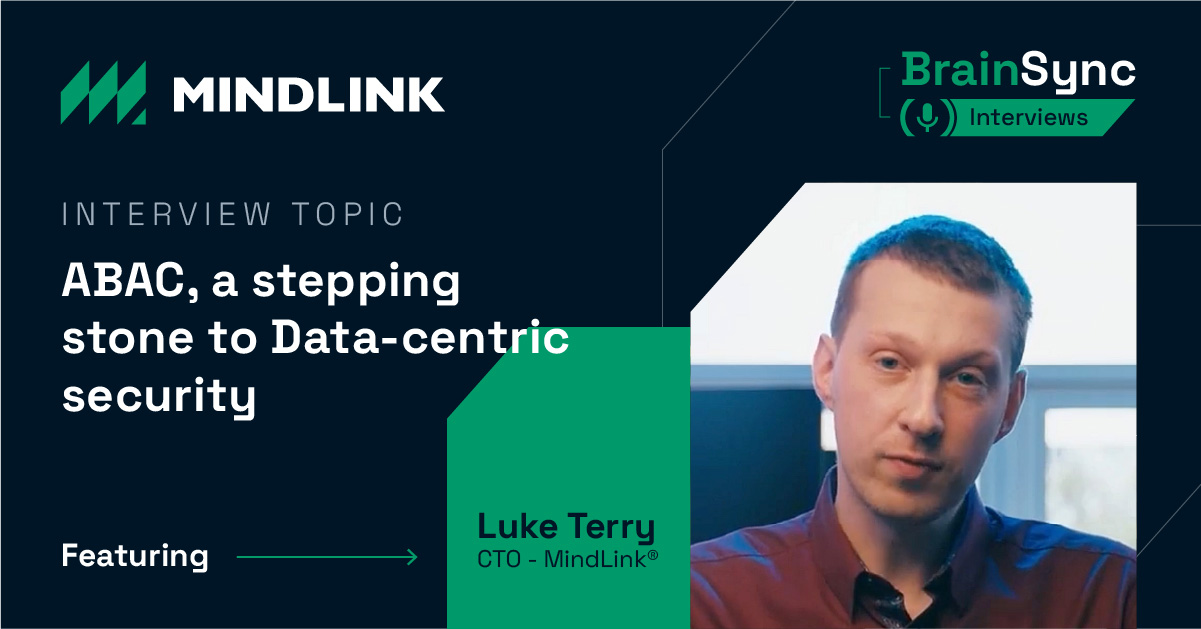
Introduction In the first edition of BrainSync, a new series where we discuss a variety of technical topics we sat down with our CTO, Luke Terry, to...

In the first part of a wider series of blog posts, we examine the world of coalition communication and collaboration in the Intelligence Community....

Following the recent announcement by AWS, we're pleased to share with you that MindLink has been selected among 12 other organizations to participate...